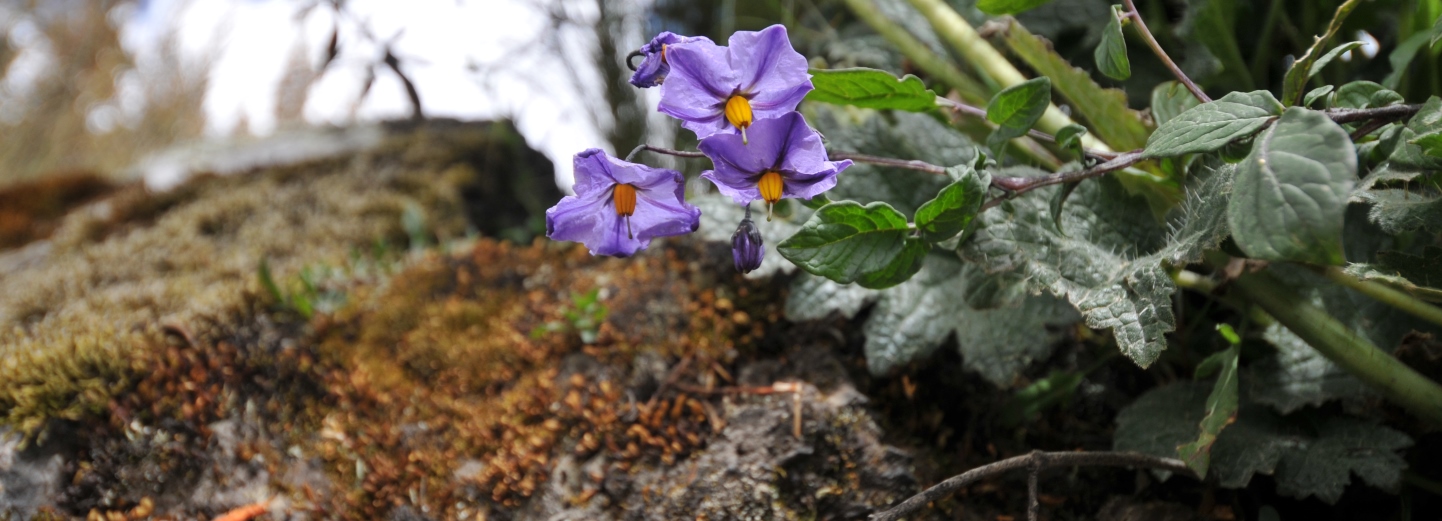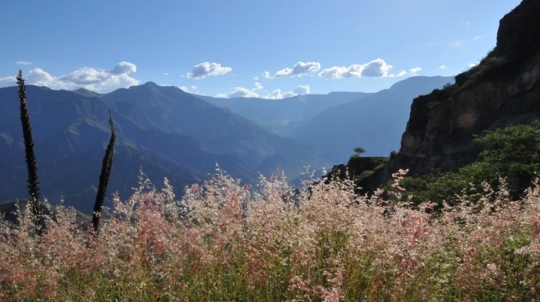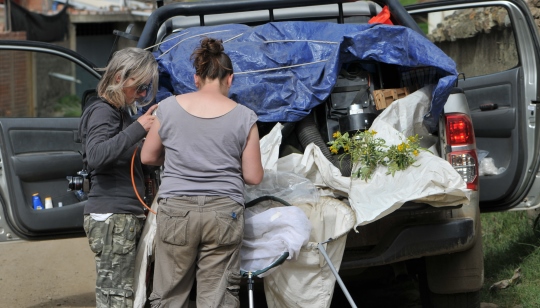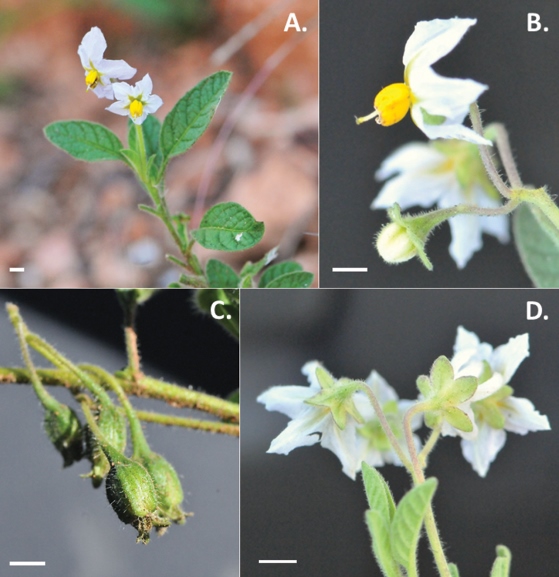
The tireless potato hunter
On one of her numerous field trips in Peru, Maria Baden found a shy and stunningly beautiful wild potato plant. Now it has been named after her and bears the name Solanum mariae.

Potatoes, tomatoes and eggplants are all members of the large plant group Solanum. Globally there are more than 1.500 Solanum species, and in Peru alone you find 276 different species. Ca. 100 of these are wild relatives of the cultivated potato.
Maria Baden, research assistant at the Department of Biology and the Max-Planck Odense Center on the Biodemography of Aging, SDU, is one of the taxonomists who goes on field trips in order to find and register wild relatives of the Solanum group.

Wild potato species are important for food security
“Wild relatives are becoming really important in the face of climate change. All major environmental stress traits such as drought tolerance as well as pathogen resistance traits in our current crops come from wild relatives, so studying these wild relatives is very important for food security. Knowing where wild relatives occur and how many there are, is the first step of this research”, she says, adding:
“Also Solanum is a mega-diverse genus so it can tell us a lot about evolution in general”.
An abundance of potato species in Peru
The genus Solanum is among the most species-rich genera in Peru and in the tropical Andes. Peru is home to 276 species, of which 253 are native, while 23 are introduced and/or cultivated. A total of 74 (29% of the native species) are endemic to Peru. An additional 58 species occur only in a small number of populations outside Peru. Species diversity peaks at 2500 – 3000 m above sea level, but endemic species diversity is highest at 3000 – 3500 m above sea level.
Headed by Tiina Särkinen (Royal Botanic Garden Edinburgh) and Sandra Knapp (NHM London), this work was part of the project “Planetary Biodiversity Inventory (PBI) Solanum: A worldwide treatment”, and supported by National Science Foundation and Northern Europe Award of National Geographic Society.

Find the scientific paper her: PhytoKeys: Four new non-spiny Solanum (Solanaceae) species from South America. Tiina Särkinen, Paúl Gonzáles, Sandra Knapp. doi: 10.3897/phytokeys.44.8693
Photo of Solanum mariae is from the research article. Other photos: Michael Katballe Yde and Tiina Särkinen, Royal Botanic Garden Edinburgh.

Solanum mariae appears to require special habitats, preferring north-facing shady cliff sides. The two only known populations are small and vulnerable to grazing pressures.